How To Get Mud Out Of Carpet
It's just before midnight on a Saturday in April, and hundreds of men and women in workout gear and runners' headlamps are standing in the middle of an open field in Fairburn, Georgia, about 20 miles southwest of downtown Atlanta. Despite the hour, they're totally wired, shaking out their limbs and bobbing nervously in place. One guy has a pink mohawk. Another looks like an ex-marine. A group of young women in Lycra shorts and tank tops gives off a more corporate vibe. What unites them is a shared desire to complete an eight-hour obstacle race, produced by the Brooklyn-based company Tough Mudder. The Toughest Mudder, as this event is called, kicks off at midnight and involves gleefully sadistic challenges such as the Augustus Gloop (in which competitors have to climb up a plastic shaft as water pours down) and Electroshock Therapy (where participants run through a gauntlet of dangling electric wires). Also, there's mud. Twenty-five-hundred acres of it.
Sean Corvelle, the night's spiritual leader and emcee, leads the group in three rounds of "Hoo-RAH!" and then asks everyone to raise their right hand to recite the Tough Mudder pledge, a creed that a number of athletes have tattooed on their bodies: "I understand this is a race. But not an excuse to be a selfish jerk. I will uphold the Tough Mudder values of teamwork and camaraderie. I will help my fellow competitors complete the course. And I will not whine. Losers whine . . ."
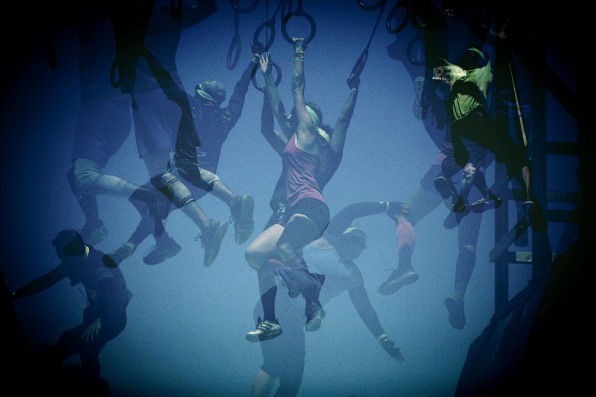
When the last words are chanted, Corvelle booms, "All right, let's get 'em outta here! Mudders, here we go!"
The racers whoop and howl and charge off into the darkness.
Me? I'm nearly 3,000 miles away in Los Angeles, watching the event unfold via Facebook Live, pumped up on pain killers and muscle relaxants after a back injury kept me from boarding a plane to Atlanta 24 hours earlier. But being a spectator isn't so bad. This is quite a spectacle. Tough Mudder began seven years ago as a wacky activity—a 10- to 12-mile mud run with 20 cheeky obstacles to conquer—offering average working people Monday-morning bragging rights. Tens of thousands of viewers are streaming this markedly longer and more elaborate weekend event on Facebook, while tens of thousands more watch on Periscope, Twitch, and Snapchat. Observers chime in with "Go get 'em" and "Wish I were there," which flicker down my screen by the second. Some boast about staying up all night, as if it's their own extreme challenge.
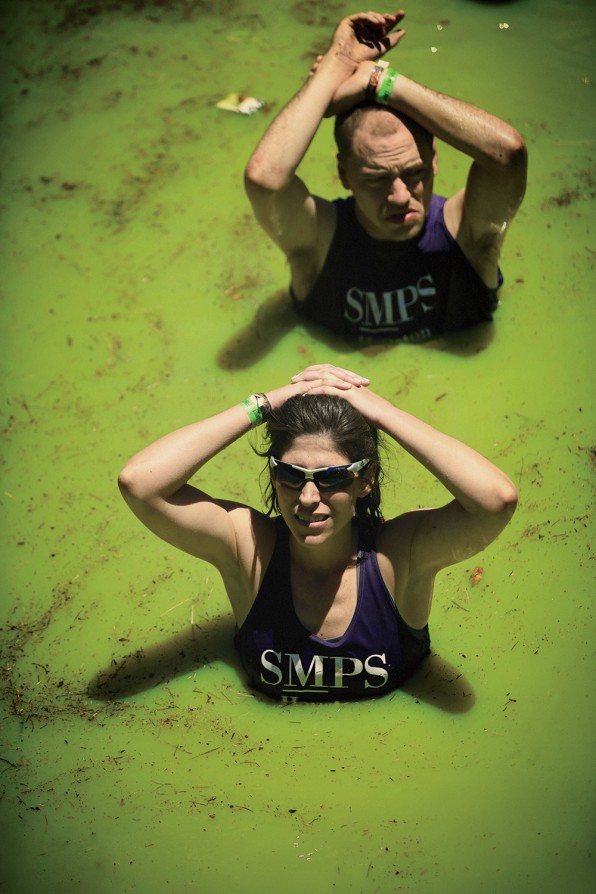
For a sport that requires participants to sign a death waiver, Tough Mudder has always put having fun first. Often described as a cross between Burning Man and an Iron Man, the event promises free beer for finishers and has tattoo artists at select events to ink the Tough Mudder logo on people's skin—something the company claims 20,000 people have done.
Today, though, Tough Mudder itself is facing a hurdle. The company is no longer a scrappy, two-person startup housed in a Brooklyn warehouse, but a sophisticated event producer and media property that generated more than $100 million in 2015 and will put on 130 global events this year. Meanwhile, the obstacle-course business in general—which is led by Tough Mudder and archrival Spartan Race—has plateaued after years of rapid ascension from 2010 to 2014. Tough Mudder knows it needs to devise growth strategies as innovative as its events. CEO Will Dean is pursuing a range of options, from establishing Tough Mudder as a new global spectator sport via its relationship with CBS to developing it into a mainstream fitness brand. But he must also maintain its die-hard cult following. "Ultimately, businesses have to adapt," says Dean. "The pace of change is faster and faster, and you have to stay ahead of that." After all, only losers whine.

Every Quarter, Dean, a polished 36-year-old Brit who could pass for Prince William and Harry's older brother, reviews Harvard Business School (HBS) case studies with Tough Mudder's mostly millennial employees. The ritual is a fitting nod to the company's genesis: Dean started working on the idea while pursuing an MBA at HBS. A recent favorite explores Porsche's decision to launch the Cayenne, its first SUV. Dean found the 2011 study apt because Tough Mudder is at its own "strategic inflection point," he says, speaking in the business school patois he favors, even as he self-consciously dismisses it as marketing parlance. "When Porsche did that, the 911—the classic Porsche roadster—was still the 911. The company [was] just targeting a different demographic."
Right now, nearly half of the participants who run a Tough Mudder are between 21 and 30. Their average annual income exceeds $80,000, and they pay approximately $150 to take part. Many hail from Silicon Valley (where techies are as intense about working out as they are about work).
But over the past few years, Dean has begun expanding Tough Mudder's event roster to appeal to new types of customers. He introduced the Mudder Half, a five-mile version of the obstacle course, along with a new, 5K version, which will debut this August in Nashville, and a one-mile Mini Mudder, designed for kids ages 7 to 12. To attract super-hard-core elite athletes—and keep them coming back—Dean and his team have established a competitive, timed option known as Tougher Mudder, as well as the eight-hour endurance contest Toughest Mudder. These events are bundled together into weekend-long pain festivals. In November, the best Mudders will descend upon Las Vegas to participate in a 24-hour World's Toughest Mudder. Confused? You're not alone. During an appearance on a recent episode of Obstacle Racing Media Podcast, Nolan Kombol, Tough Mudder's senior director of product, needed a good 15 minutes to explain the differences among all of the races.
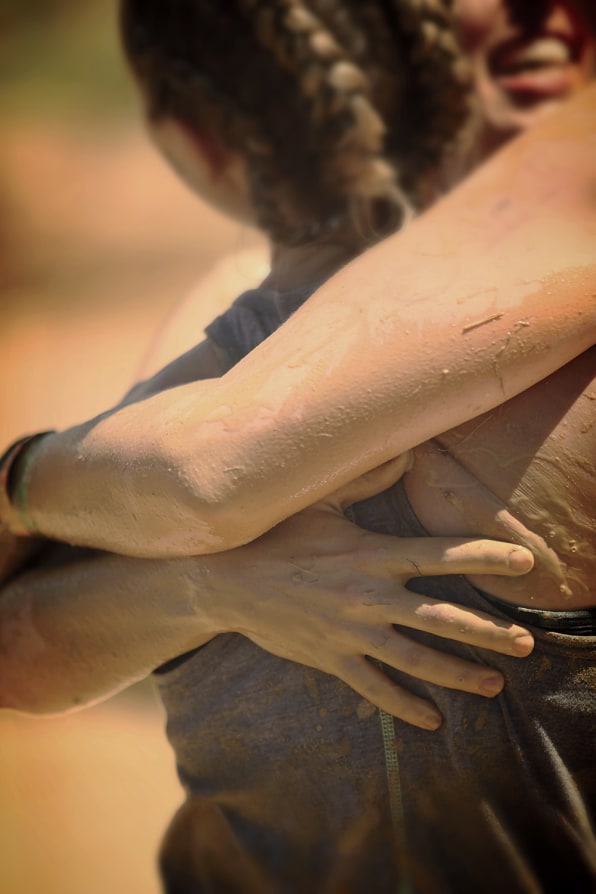
Dean argues that there's a progressive logic at work, in that one event naturally leads to another. "We're genuinely trying to get people to live healthier lives and challenge themselves," he says. "The hope is that they do the half, enjoy that, and come and do the full. And then they challenge themselves to do other things. Imagine if someone walked into a gym and a man said, 'I'm very sorry, but this gym is only for people in very good shape.'" Returning Mudders are now bestowed with a special status—Legionnaires—and receive course privileges, including obstacle express lanes, and headbands that denote how many races they've completed.
The strategy protects the company against criticism that Tough Mudder is a "one and done" experience, says Scott Keneally, director of Rise of the Sufferfests, a documentary about the obstacle-race phenomenon. "Without having metrics and it being timed, I think people feel they've done it and they can move on." Although Tough Mudder says that its advanced formats are drawing repeat customers, this claim cannot be confirmed independently because race times are not posted. In Georgia, there were 500 people in the Toughest race and 27 in the Tougher wave. It's unclear how many ran the Tough Mudder and Mudder Half courses, though the company states that it averages 10,000 participants per event.

Every modern brand that inspires intense passion—from Apple to Nike to SoulCycle to WeWork—has a spiritual underpinning. Dean believes that Tough Mudder can similarly fill his customers' lives with rituals. As he sees it, Tough Mudder races "are the pilgrimage, the big, annual festivals, like Christmas and Easter, if you use Christianity as an example. But then we also have the gym, which becomes the local church, the community gathering hub. You have the media, which is a little like praying. Then there's the apparel, which is a little like wearing your cross or your head scarf or any other form of religious apparel."
Tough Mudder has long delivered epiphanies to its most devoted adherents. As Dean writes in his forthcoming leadership memoir It Takes a Tribe (due out in September), Tough Mudder is designed to offer release for "adults who spend half their lives sitting in a grey carpeted cubicle staring at a screen, or stuck in traffic, or who measure their weekdays in back-to-back meetings and PowerPoint [presentations]." In addition, he believes that Tough Mudder's success is rooted in its debut in the wake of the 2008 global financial crisis when people were looking for more control in their lives.
The race weekends are also profoundly social. Tough Mudder exploits "the power of the experience to bring people together," says Rebecca Scott, a lecturer at Cardiff Business School in Wales who coauthored a study on what motivates people to do Tough Mudder. "Historically, we would commune around products we could purchase." Tough Mudder's origin story emanates from this shared sense of purpose. When Dean—a dedicated athlete who admits to becoming uncomfortable and unfocused if he takes too many days off from running or hitting the gym—participated in a triathlon while still in his twenties, he needed help pulling down the back zipper of his wet suit as he transitioned from swimming to cycling. He asked fellow racers for help and was stunned when no one offered any: They didn't want to add precious seconds to their time.
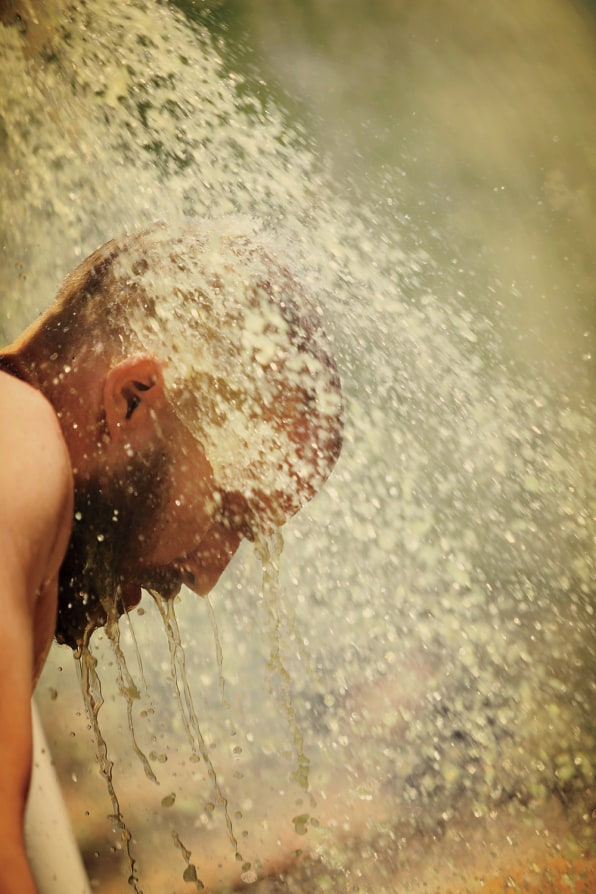
From the outset, Dean understood the power of social media to help him spread the gospel. He found participants for the first Tough Mudder in 2010 via Facebook ads, and finishers have always received photos of themselves sloshing through the muck or plunging into an icy lake, perfect for being converted into profile pics and piquing curiosity and inspiring envy among their friends. Tough Mudder has also created videos to share the humorous side of its brand, lampooning its expansion efforts via Baby Mudder and Puppy Mudder spoofs. Such organic marketing is now being superseded by what Jesse Bull, Tough Mudder's SVP of content, calls a "360 degree" approach. A partnership forged with Amazon in May gives the brand a digital storefront where it sells products and streams exclusive videos. Bull produces weekly training videos for Facebook starring Tough Mudder personalities Coach and E-Rock, two muscly chatterboxes; the company also works with the digital media company Livestream to offer live internet video of many event weekends on Facebook and its own site.
"They've recently started to embrace the athletes," says Amelia Boone, a three-time World's Toughest Mudder winner who works as an attorney at Apple and who appeared on the CBS production chronicling the event that aired on Christmas Day 2016. While CBS's coverage focuses on competition, its sister network CW Seed, a millennial-skewing streaming service, tells uplifting personal stories, profiling unlikelier Tough Mudder competitors such as a woman battling body dysmorphia and a female soldier suffering from PTSD.
By focusing much of the content on individual participants, Tough Mudder is able to forge emotional connections with viewers even if they don't have a friend who's done it. Before the event in Georgia, Tough Mudder posted videos of a double amputee and Army vet named Noah Galloway as he prepared for the challenge. Then on the live feed, he was featured scaling Everest 2.0, a slippery half-pipe. The onlookers cheered.
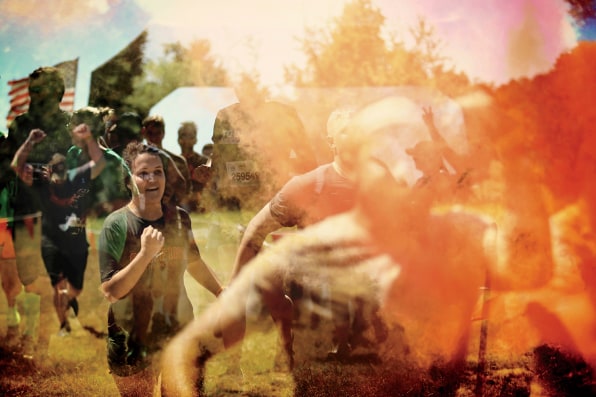
The event videos and relatable stories inspire people to realize that they could participate themselves, which is even more important as Tough Mudder expands internationally to locales where extreme athletic challenges may not be as common as in the United States. In May, the company launched its first event in China; it was a more achievable 5K course. Attitudes toward fitness aren't the only obstacle to overcome. Last December, Tough Mudder debuted in Dubai. In most ways, the event was the same as a Tough Mudder weekend in, say, St. Louis, but with two notable exceptions: There was no beer, due to Islamic restrictions on alcohol, and no mud, because it's the desert—there was only sand. Dean, who participated in the Dubai race, says it was "fun, though on the downside, my calves absolutely killed."
How To Get Mud Out Of Carpet
Source: https://www.fastcompany.com/40427201/its-a-mud-mud-mud-mud-world
Posted by: linnforsoust68.blogspot.com

0 Response to "How To Get Mud Out Of Carpet"
Post a Comment